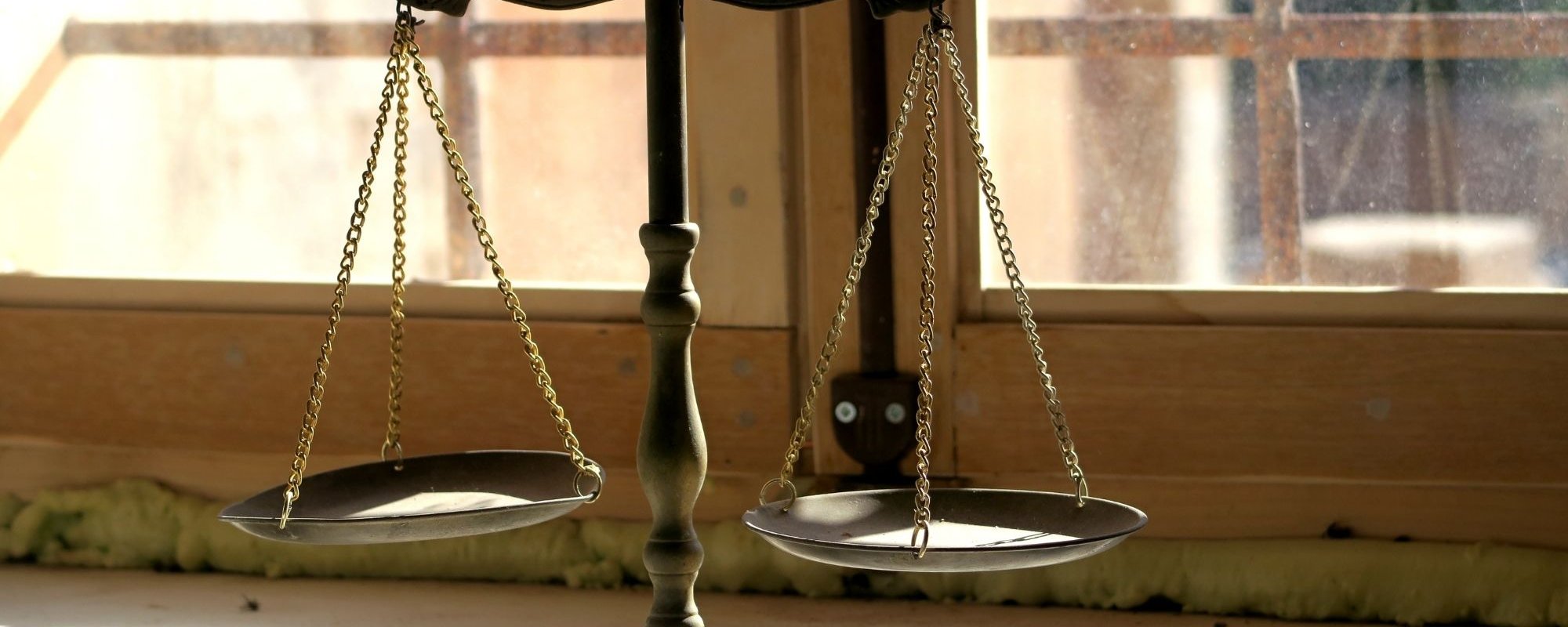
A strong Balance Sheet (where net assets are high) means your business is better equipped to weather a storm or continued downturn in the economy.
Your Balance Sheet, or Statement of Financial Position, measures the net worth of your business at a point in time and shows if your business is solvent (if assets are greater than liabilities).
It details assets, liabilities, and shareholders’ equity (funds contributed by shareholders and accumulated profits not yet paid out as dividends). In many ways, the Balance Sheet is more important than your Profit & Loss as it shows:
- The overall health of your business.
- If your business is appropriately resourced from a financial perspective.
- Areas of strength (and weakness).
- How the business is financed – both from shareholders and financiers.
- The cash reserves available.
- The assets employed and investments made.
- The level of debt outstanding to creditors, the tax department and financiers.
- Amounts owed to shareholders.
The basic format for your balance sheet is:
Equity (retained profits and reserves) = Total Assets – Total Liabilities
It’s called a Balance Sheet because the ‘Net Assets’ (Total Assets less Total Liabilities) should always balance with the Equity. If these don’t, let us know as we love fixing problems like these.
Breaking this format down further we have:
Total Assets = Current Assets + Non-current Assets
- Current Assets: Cash, bank accounts, stock/inventory, tax refundable, debtors, work in progress.
- Non-current Assets: Investments, goodwill, loans made to other parties, fixed assets.
Total Liabilities = Current Liabilities + Non-current Liabilities
- Current Liabilities: Creditors, overdraft, loans repayable within a year, tax payable.
- Non-current Liabilities: Term loans, shareholder loans/advance accounts.
If Total Liabilities are more than Total Assets, your Net Assets will be negative, and your business is insolvent. In this case, please contact us urgently so we can advise you on what needs to happen. There are serious consequences for you if your business is insolvent.
Key Ratios
Current Ratio = Current Assets / Current Liabilities
The Current Ratio, also known as your Working Capital Ratio, shows whether the company can meet its short-term obligations with its Current Assets if they all fell due at the same time. A ratio of 0.8 means that for every $1 of
Current Liabilities, there are 80c of Current Assets to cover them. A ratio of 2.5 means that for every $1 of Current Liabilities, there are Current Assets of $2.50, therefore there wouldn’t be a problem paying short-term obligations.
However, a high Current Ratio could indicate the inefficient use of Current Assets or poor working capital management. The key is to compare the ratios across different periods or with companies in the same industry. To improve your Current Ratio, consider strategies such as better controls on expenditure, faster invoicing of work done or restructuring your overdraft into a long-term loan.
Debtor Days = (Debtors / Sales) * 365
This shows, on average, how many days it takes customers to pay you. The lower the number, the better, as your cash isn’t tied up in your debtors and you’ve reduced the risk associated with bad debts / collection costs.
Calculate Debtor Days using Sales for the entire year and Debtors at month end. For example, if Debtors are $80,000 and Sales are $1,000,000, Debtor Days will be 29. How good this depends on your payment terms; if they state payment within 7 days, 29 days is well above this and corrective action should be taken.
If your policy is payment on the 20th of the month following invoice, then you may consider 29 days to be fine. The reality is that 29 days is not fine. Using the above example, 10 days of debtors represents $27,397 of cash you could have in your bank account (Sales / 365 x 10 days). If Debtor Days were reduced to 19 days, you’d have an extra $27,000. Your terms should ensure you get paid as fast as possible. Payment within 7-14 days is standard.
Inventory Days = (Inventories / Cost of Sales) * 365
This shows how long it takes you to sell your stock, in other words, the number of days that cash is tied up in inventory. The lower the number, the better. For example, if your Inventory is $50,000 and your Cost of Sales is
$350,000, your Inventory Days will be 52. This means that, on average, inventory sits for 52 days before being sold.
To reduce your Inventory Days, review your inventory processes and identify slow-moving stock. Consider whether you should discontinue this, or only hold a display model in store and order stock on demand.
Debt to Equity Ratio = Total Liabilities / Shareholders’ Equity
The Net Assets value in your Balance Sheet represents your Shareholders’ Equity (Total Assets – Total Liabilities). The Debt to Equity Ratio shows how a company has financed its growth. A high ratio means it has mostly been funded by debt; a low ratio means it’s funded more by shareholders and is more sustainable.
While debt is often necessary to help a company grow, high levels of debt put the company at a higher risk. Do the returns generated from the debt outweigh the cost of the debt? For example, if Total Liabilities are $750,000 and Shareholders’ Equity is $200,000, the Debt to Equity Ratio is 3.75. This means that the company has $3.50 of debt for every $1 of equity. In most industries, this would be considered very high risk, however, it could also indicate expansion, leading to increased revenue in the future. On the other hand, a very low Debt to Equity Ratio may indicate a lack of growth.
Balance Sheet Tips
A. Cash is king
Having large amounts of cash tied up in inventory, debtors, or work in progress can be a large drain on cash reserves. Worse still, it’s likely you’ve already paid tax on these amounts. Talk to us about how to convert inventory, work in progress and debtors into cash faster and what it will mean for your business.
B. Shareholder loans can be your friend or foe
A shareholder loan, or Shareholder Current Account, is the amount owed to the shareholder by the company. These loans should show as a liability in the Balance Sheet as they form part of the financing of the business. If they’re showing as assets, it means the shareholders owe that
amount to the company. This is a high-risk situation. If the company gets into financial difficulties, a receiver or liquidator can demand this money from the shareholder, who will no longer have the protection of limited liability.
C. Know your key ratios
These are different for each business and there may be some variation in how they’re best calculated for your business. It’s common to put the key ratios into your Business Plan to track your results over time. Talk to us about the best key ratios for your business.
D. What is the true net worth of your business?
Unless you’ve correctly valued goodwill, you won’t get a true valuation of the business by only looking at your Balance Sheet. Create a ‘rule of thumb’ valuation formula that you can adopt to assess your goodwill each year. This rule of thumb can then be used as a guide as to whether your business value is increasing or decreasing. Talk to us about an appropriate rule of thumb to track valuation movements over time.
Contact KMT accountants now to discuss strategies to legitimately minimise your tax.
This is general advice only and does not take into account your financial circumstances, needs and objectives. Before making any decision based on this document, you should assess your own circumstances or seek tax advice from a qualified accountant at KMT Partners. Information is current at the date of issue and may change.


